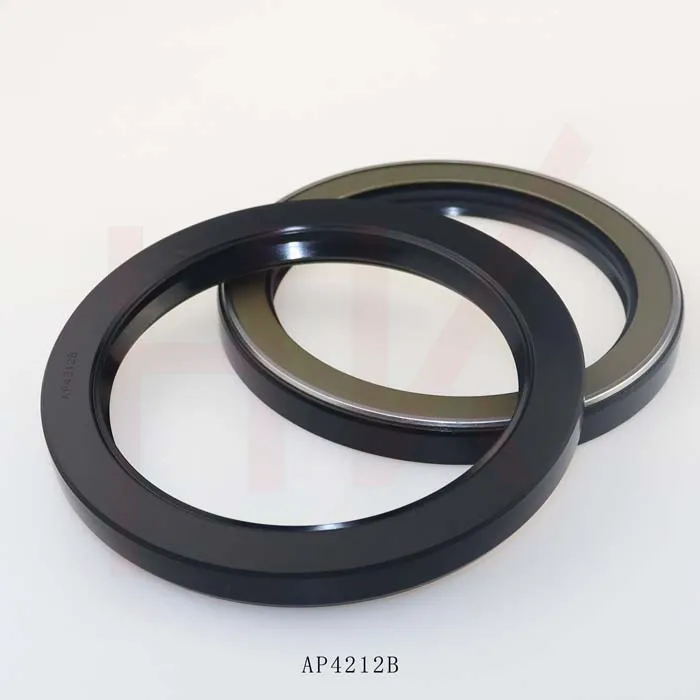Sep . 19, 2024 14:24 Back to list
replacing seals on a hydraulic cylinder
Replacing Seals on a Hydraulic Cylinder
Hydraulic cylinders are essential components in various machinery and equipment, allowing for the conversion of hydraulic energy into mechanical work. Over time, however, seals within these cylinders can wear out or become damaged, leading to hydraulic fluid leaks and decreased efficiency. Replacing these seals is a crucial maintenance practice that ensures the optimal performance and longevity of the hydraulic system.
Understanding Hydraulic Seals
Seals in hydraulic cylinders serve as barriers that prevent fluid from leaking out while also keeping contaminants from entering the cylinder. There are different types of seals used in these applications, including O-rings, U-cups, and wipers, each serving a specific purpose. The failure of these seals can result in reduced pressure, which compromises the cylinder's ability to perform its intended function.
Signs That Seals Need Replacement
Before replacing seals, it’s essential to recognize the signs of failure. Some common indicators include
1. Fluid Leaks Visible oil or hydraulic fluid around the cylinder indicates a seal failure. 2. Decreased Performance If the machine operates slower or has less power, it may be due to loss of hydraulic pressure caused by a leak. 3. Unusual Noises Grinding or whining noises can also signal that something is wrong with the hydraulic system.
Steps for Replacing Seals
Replacing seals on a hydraulic cylinder involves several key steps
1. Gather Tools and Materials Before starting, ensure you have the necessary tools, including wrenches, screwdrivers, seal kits, and cleaning supplies.
replacing seals on a hydraulic cylinder

2. Disassemble the Cylinder Begin by relieving all pressure in the hydraulic system. Disconnect any hoses and remove the cylinder from its mounting. Carefully take apart the cylinder using the appropriate tools, taking note of the components' arrangement.
3. Inspect Components Once disassembled, inspect not only the seals but also the cylinder barrel, piston, and any guide bushings for wear and damage. Replace any damaged parts to prevent further issues.
4. Remove Old Seals Use a seal removal tool or a small flathead screwdriver to carefully pry out the old seals. Take care not to scratch or damage the grooves where the seals fit.
5. Clean the Cylinder Thoroughly clean the cylinder components to remove any debris or old seal remnants. This ensures a good seal surface for the new seals.
6. Install New Seals Follow the specifications provided in the seal kit to install the new seals. Ensure that they are correctly aligned and seated in their grooves.
7. Reassemble the Cylinder Carefully reassemble the cylinder, following the removal steps in reverse order. Ensure all bolts are tightened to the manufacturer’s specified torque settings.
8. Test the System Once reassembled, reconnect the hoses, fill the hydraulic fluid reservoir, and test the system to ensure that everything operates smoothly. Monitor for any signs of leaks.
Conclusion
Replacing seals on a hydraulic cylinder is a straightforward yet vital maintenance task that can significantly extend the life of your hydraulic system. By regularly inspecting and replacing worn seals, you ensure optimal performance and efficiency, saving time and costs associated with more extensive repairs down the line. Remember, safety first always follow proper procedures when working with hydraulic systems, and don't hesitate to seek professional help if needed.
-
TCN Oil Seal Metal Ring Reinforcement for Heavy Machinery
NewsJul.25,2025
-
Rotary Lip Seal Spring-Loaded Design for High-Speed Applications
NewsJul.25,2025
-
Hydraulic Cylinder Seals Polyurethane Material for High-Impact Jobs
NewsJul.25,2025
-
High Pressure Oil Seal Polyurethane Coating Wear Resistance
NewsJul.25,2025
-
Dust Proof Seal Double Lip Design for Construction Equipment
NewsJul.25,2025
-
Hub Seal Polyurethane Wear Resistance in Agricultural Vehicles
NewsJul.25,2025
-
The Trans-formative Journey of Wheel Hub Oil Seals
NewsJun.06,2025
Products categories
















